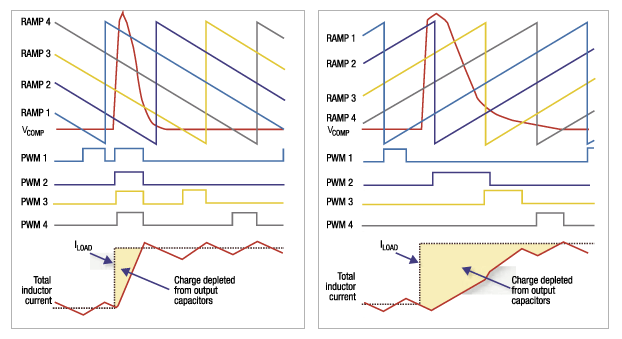
The variable resistor is used to change the output frequency of the PWM controller. The circuit outputs a continuous square pulse. At the highest value of amplitude, the maximum level of the duty cycle of pulse is attained, while at the lowest amplitude value, the duty cycle is reduced to the minimum value. The amplitude of the input signal varies with the width of the pulse generated at the output. The 555 timer IC is used as the main component in this circuit, it is configured in an Astable multivibrator mode. The digital signal behaves in an analog manner by switching it ON and OFF continuously.įor a detailed description of pinout, dimension features, and specifications download the datasheet of 555 Timer PWM Circuit Construction & Working: The total number of repetitions of the period per unit time is called frequency and tells the switching speed of ON and OFF states. A percent duty cycle indicates how much time the signal is at the HIGH state and for the rest of the time, it remains at a LOW state.įrequency of the PWM: The frequency is the inverse of the time period. The duty cycle of PWM: It is the ratio of the time period for which the signal is in the ON state with respect to the total time of the signal to complete one cycle is called a duty cycle.

The behavior of the output signal is determined by its frequency and the duty cycle. The output is a continuous square wave signal generated by the rapid changing of ON and OFF states.

The PWM is modern digital technology that by using digital signals produces analog signals. A method that is used for the reduction of the average power by splitting the input electrical power into discrete values is called Pulse-Width Modulation or Pulse-duration Modulation.


 0 kommentar(er)
0 kommentar(er)
